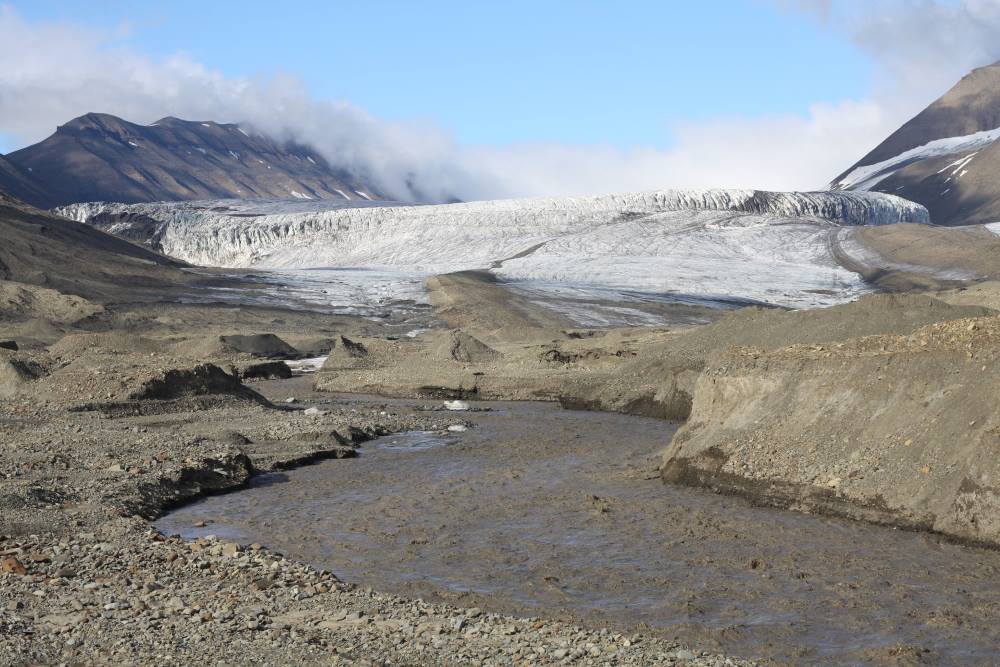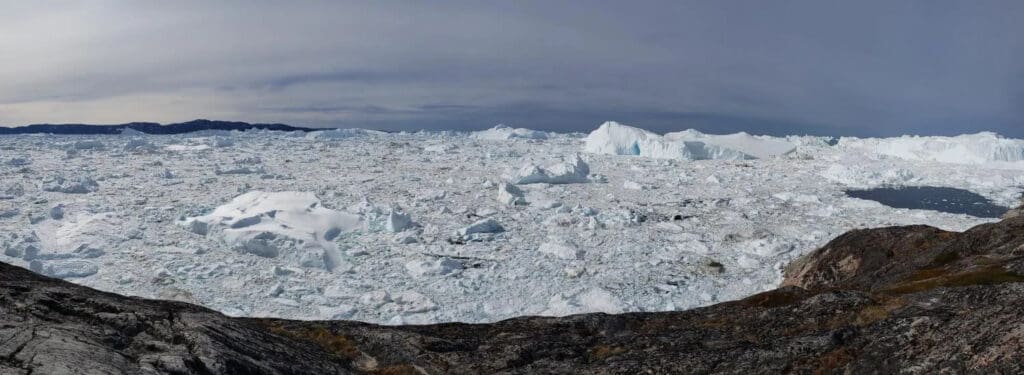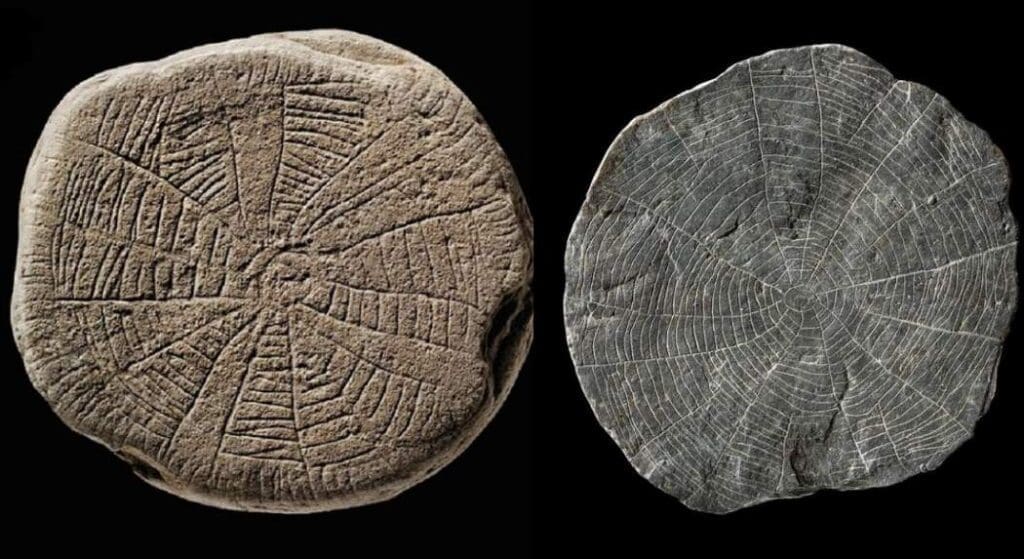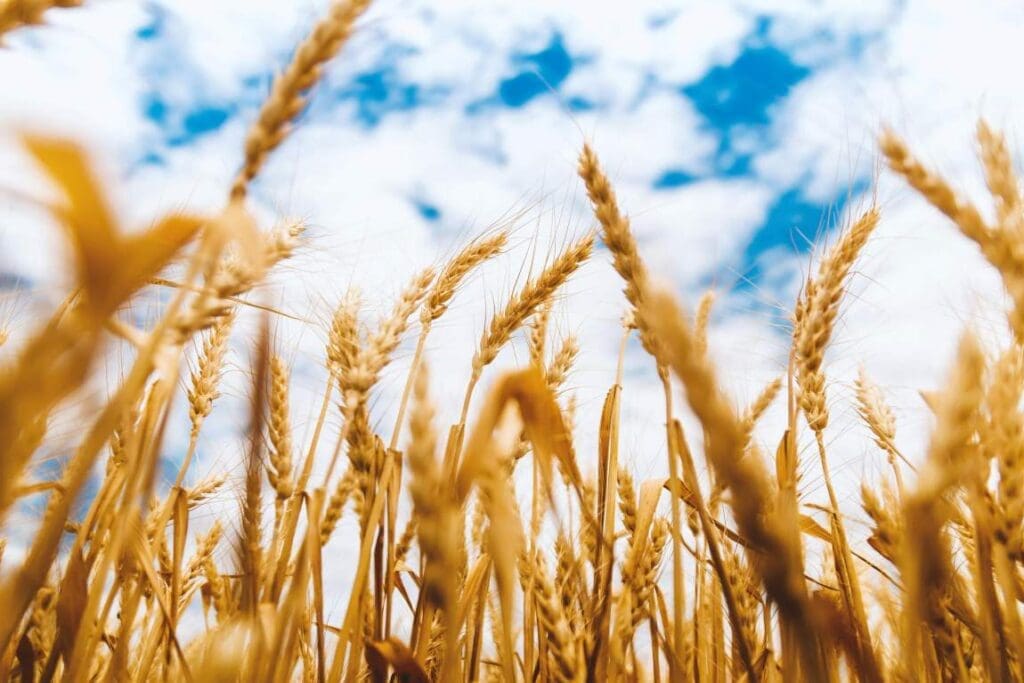Summary:
Arctic glaciers are releasing significant amounts of methane, a potent greenhouse gas, through a process researchers have termed “glacial fracking.”
A new study published in Biogeosciences reveals that meltwater from Svalbard’s Vallåkrabreen glacier is flushing methane from deep underground reservoirs, with concentrations in the melt river reaching up to 800 times atmospheric equilibrium levels. This methane, sourced from ancient geological formations rather than microbial activity, is transported through groundwater springs and melt rivers, contributing to seasonal emissions.
Researchers estimate that the glacier’s catchment released around one ton of methane in the 2021 melt season, with nearly two-thirds coming from the melt river itself. With over 1,400 land-terminating glaciers in Svalbard, many situated atop methane-rich bedrock, similar emissions may be occurring across the Arctic.
As glaciers retreat due to rising temperatures, this process could intensify, adding to the region’s greenhouse gas burden. The findings highlight a previously overlooked climate feedback loop, where glacier melt accelerates methane release, further warming the planet.
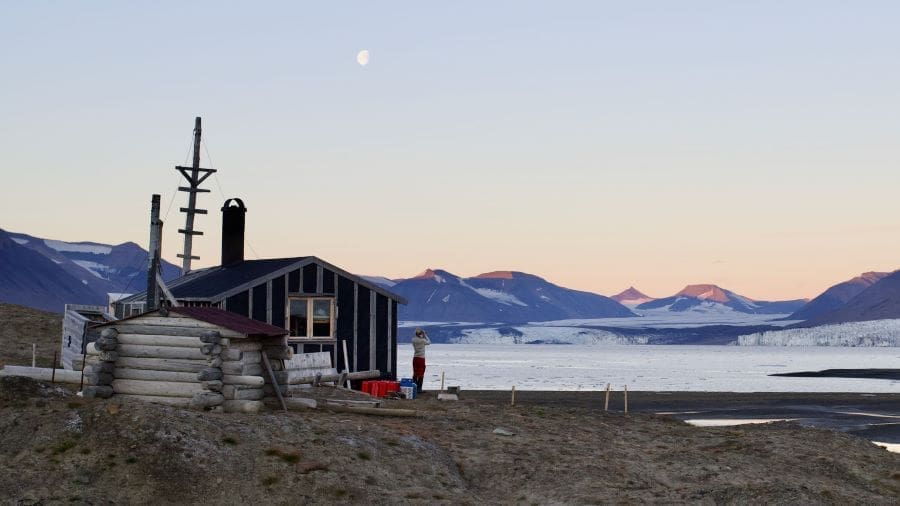
‘Glacial fracking’: A hidden source of Arctic greenhouse gas emissions
Gabrielle Kleber and Leonard Magerl, postdoctoral researchers at iC3, have discovered that Arctic glaciers are leaking significant amounts of methane, a potent greenhouse gas.
They found that glacial melt rivers and groundwater springs are transporting large volumes of methane from beneath the ice to the atmosphere. This previously unrecognised process could contribute to Arctic climate feedbacks, accelerating global warming.
A surprising source of methane
Methane emissions from Arctic wetlands, permafrost, and geological seeps are well known. However, until now, the role of glacial meltwater in mobilising methane had been largely overlooked.
Gabrielle and Leonard focused on Vallåkrabreen, a small valley glacier in central Svalbard, where they measured methane levels in groundwater springs and the melt river draining from the glacier.
Their results were striking. Methane concentrations in the melt river were found to be up to 800 times higher than the atmospheric equilibrium level, with peak levels of 3,170 nM (nanomolar) recorded early in the melt season.
This methane was not produced by microbial activity beneath the ice, as previously suspected in other glacial settings, but instead came from thermogenic sources—methane that has been trapped in the region’s ancient geological formations for millions of years.
Gabrielle explains: “We expected to see some methane in the meltwater, but the concentrations we measured were surprisingly high. Our isotopic analysis showed that this methane is geologic in origin and is released as the glacier retreats and glacial meltwater flushes through fractures in the rock.”
Glacial fracking
By tracking methane concentrations throughout the melt season, the researchers estimated that Vallåkrabreen’s melt river alone released around 616 kg of methane into the atmosphere between June and October.
This accounted for 63% of the total methane emissions from the glacier catchment, with groundwater springs and bubbling gas vents contributing the rest.
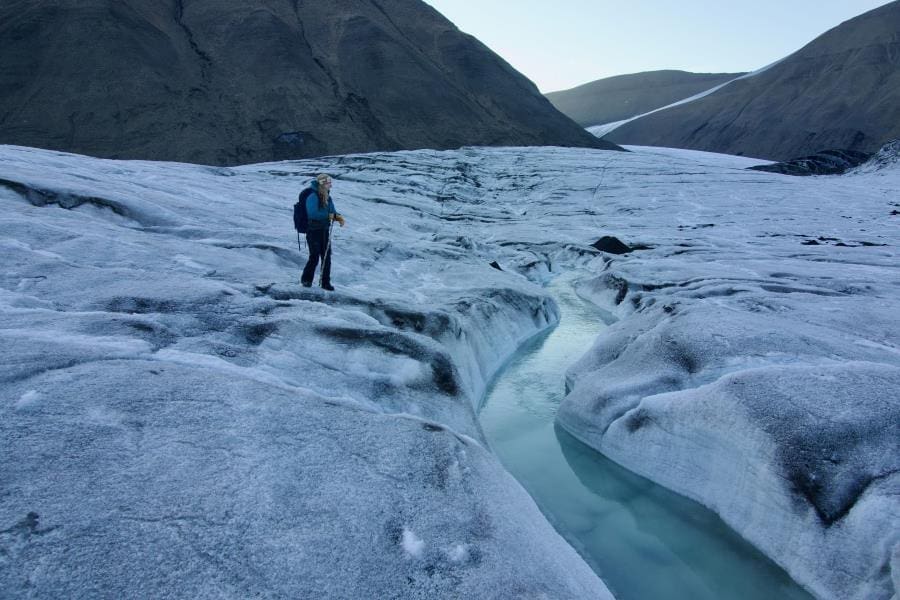
Leonard highlights the importance of meltwater in driving these emissions: “Glaciers act like giant lids, trapping methane underground. But as they melt, water percolates flushes through cracks in the bedrock, carrying transporting the gas to the surface. You can think of as a natural ‘fracking’ process process, or as we have called it: ‘glacial fracking’.”
The study suggests that similar emissions could be happening at hundreds of other glaciers across Svalbard. There are over 1,400 land-terminating glaciers on the archipelago, many of which overlie methane-rich bedrock.
If similar processes are occurring elsewhere, glacial methane emissions could be a substantial and previously unaccounted-for source of Arctic greenhouse gas emissions.
A new climate feedback loop?
The implications of this research go far beyond Svalbard.
The Arctic is warming at four times the global average, and glaciers across the region are shrinking rapidly. As they melt, more methane could be released, creating a positive feedback loop — where warming melts glaciers, releasing methane, which in turn traps more heat in the atmosphere and accelerates further melting.
Gabrielle warns that this process could have global climate consequences: “Methane is a much more powerful greenhouse gas than carbon dioxide over short timescales. Even though these emissions are seasonal, they could add up as more glaciers retreat.”
Future research agenda
The discovery raises questions about how the Arctic carbon cycle is changing in response to climate change.
Scientists now need to reassess methane budgets in the region, incorporating glacial emissions alongside permafrost thaw and wetland methane fluxes.
This study is the first to document methane emissions from a glacial melt river in Svalbard, but more research is needed to understand the full scale of the problem. The iC3 researchers plan to expand their work to other glacier systems and develop methods to quantify methane emissions on a larger scale.
Journal Reference:
Kleber, G. E., Magerl, L., Turchyn, A. V., Schloemer, S., Trimmer, M., Zhu, Y., and Hodson, A., ‘Proglacial methane emissions driven by meltwater and groundwater flushing in a high-Arctic glacial catchment’, Biogeosciences 22, 659–674 (2025). DOI: 10.5194/bg-22-659-2025
Article Source:
Press Release/Material by UiT The Arctic University of Norway
Featured image: The melt river flows from the terminus of Vallåkrabreen into the valley, where it meets many methane-rich groundwater springs. Credit: Leonard Magerl | iC3 | UiT

